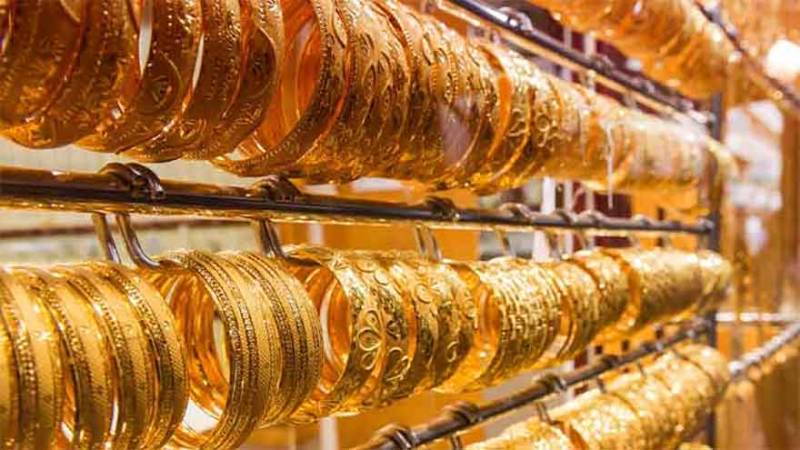

In the last few years, skincare has become more than just a beauty ritual — it is evolved into a form of self-care and wellness. Whether you are in Lahore’s dry winters or Karachi’s humid summers, taking care of your skin has become a daily priority for many Pakistanis.
With the surge in popularity of global skincare trends, one question keeps popping up: Are international skincare products truly worth the hype in Pakistan’s climate and culture?
Let’s explore this growing obsession, the role of dermatologist-backed ingredients, and how the local market is shifting in response.
A Shift in Beauty Standards and Awareness
Once dominated by DIY remedies and whitening creams, Pakistan’s skincare market has made a noticeable shift. Consumers are now more informed. Terms like “niacinamide,” “ceramides,” “SPF,” and “hyaluronic acid” have entered everyday conversations — thanks to Instagram dermatologists, YouTube routines, and K-beauty influencers.
Local skin concerns like acne, pigmentation, sun damage, and sensitivity have driven this demand for clinically tested ingredient-focused skincare.
The Rise of International Brands
Products from brands like CeraVe, The Ordinary, La Roche-Posay, and Beauty of Joseon are no longer hard to find in Pakistan. What once required foreign relatives or expensive shipping is now a few clicks away.
Platforms like PrimeSkin.pk — a trusted skincare store in Pakistan — are helping make dermatologist-recommended products from brands like CeraVe, La Roche-Posay, Cetaphil, and The Ordinary more accessible nationwide.
These brands bring something local products often lacked — minimalist formulas, transparency in ingredients, and science-backed results.
Take CeraVe, for example. Its focus on ceramides and non-stripping cleansers has made it a favorite for dry, acne-prone, and sensitive skin types — all common in Pakistani cities facing pollution and seasonal changes.
Are They Really Worth It?
Here’s where the debate begins. International skincare products are generally pricier, especially after adding taxes and shipping. But does the performance justify the cost?
Pros:
- Dermatologist-approved, often fragrance-free
- Backed by clinical studies
- Consistent formulations
- Longer shelf life, better packaging
Cons:
- Heavily priced due to import costs
- Counterfeits in the market make buying risky
What Works in Pakistan’s Climate?
While trends often originate from the West or Korea, not everything translates well to our weather and skin conditions.
For instance:
- Thick moisturizers may clog pores in Karachi’s humidity.
- Gentle foaming cleansers are more suited for oily skin in Punjab’s summers.
- SPF 50+ sunscreens with no white cast are a must year-round due to harsh UV exposure.
That’s why choosing wisely — not just following hype — is key.
Always opt for gentle, hydrating cleansers in Pakistan, available at PrimeSkin, that are suitable for all skin types and don’t strip the skin of its natural oils. From there, choose a moisturizer that suits your skin type — lightweight gels for oily skin, thicker creams for dry patches — and never skip sunscreen, no matter the season.
Get those three steps right, and most of your skincare is already in place.
Ingredient Awareness is Changing the Game
A few years ago, most people had never heard of azelaic acid, peptides, or panthenol. Now, even beginners are checking pH levels, scanning INCI lists, and avoiding alcohol or sulfates. This rise in ingredient literacy has made Pakistani buyers more selective — they know what they’re looking for.
Popular international ingredients that work well for local skin types include:
- Niacinamide (brightening, oil control)
- Salicylic Acid (acne control)
- Ceramides (barrier repair)
- Centella Asiatica (soothing)
- SPF 50+ filters with PA++++ (sun protection)
Should You Go Global or Stay Local?
There is no one-size-fits-all answer. International products have their merits, but the Pakistani market is also catching up. Homegrown brands are learning fast — many now offer clean, minimalist formulations without added fragrance or alcohol.
Still, for those seeking results-driven skincare with dermatologist backing, global brands remain a top pick. Just make sure to buy from reliable stores to avoid counterfeit products.
Final Thoughts
The skincare hype isn’t just a trend — it reflects how people in Pakistan are becoming more conscious about their skin health. International skincare brands offer value, but only if you know what your skin truly needs.
So, whether you are layering a Korean essence, dabbing a French pharmacy cream, or using a homegrown rosewater toner — remember, consistency and education are more important than price tags.
For more skincare insights, check out Dr. Sana Naz’s article on debunking skincare myths.








